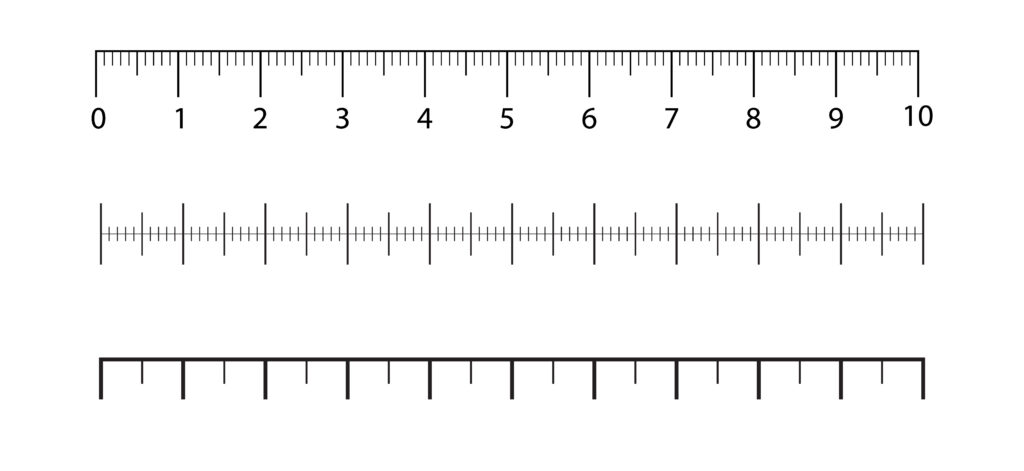Working with Fractions - Chess Puzzles
Discover mathematical concepts through chess puzzles. Place four queens on a chessboard so that no two queens attack each other, and explore the fraction concepts behind this challenge.
Help & Instructions
▼- Chess Puzzle: Place four queens on the chessboard so that no two queens attack each other
- Click on a square to place or remove a queen
- Red squares show where queens can attack each other
- Green squares show safe placements
- Check your solution to see if it's correct
- Understand how chess queens move and attack
- Develop logical thinking and problem-solving skills
- Explore fraction concepts through board divisions
- Learn about mathematical permutations and combinations
The Four Queens Puzzle
Place four queens on the chessboard so that no two queens are attacking each other. Queens can attack along rows, columns, and diagonals.
Fraction Concepts in the Puzzle
This puzzle helps us understand fractions by dividing the chessboard into equal parts.
With 4 queens on 64 squares, each queen occupies 1/16 of the board. Together they occupy 4/16 or 1/4 of the board.
The Four Queens puzzle demonstrates several mathematical concepts. It shows how fractions represent parts of a whole, how probability works in constrained spaces, and how logical thinking helps solve complex problems with multiple constraints.
The Mathematics Behind the Four Queens Problem
Fractions and proportions are fundamental to understanding this puzzle:
- The chessboard has 64 squares, so each square represents 1/64 of the whole board
- With 4 queens, they occupy 4/64 or 1/16 of the board when placed correctly
- Each queen controls a significant portion of the board through its attacks
- The problem demonstrates how parts relate to the whole through fractions
This puzzle involves concepts from combinatorics:
- There are C(64,4) = 635,376 possible ways to place 4 queens on a chessboard
- Only a fraction of these placements are valid solutions
- The exact number of fundamental solutions is 12 (not counting rotations and reflections)
- This demonstrates how constraints dramatically reduce possible outcomes
These mathematical principles have practical applications in:
- Computer science: Algorithm design, constraint satisfaction problems
- Operations research: Resource allocation, scheduling problems
- Statistics: Probability calculations, combinatorial analysis
- Engineering: Circuit design, network optimization



